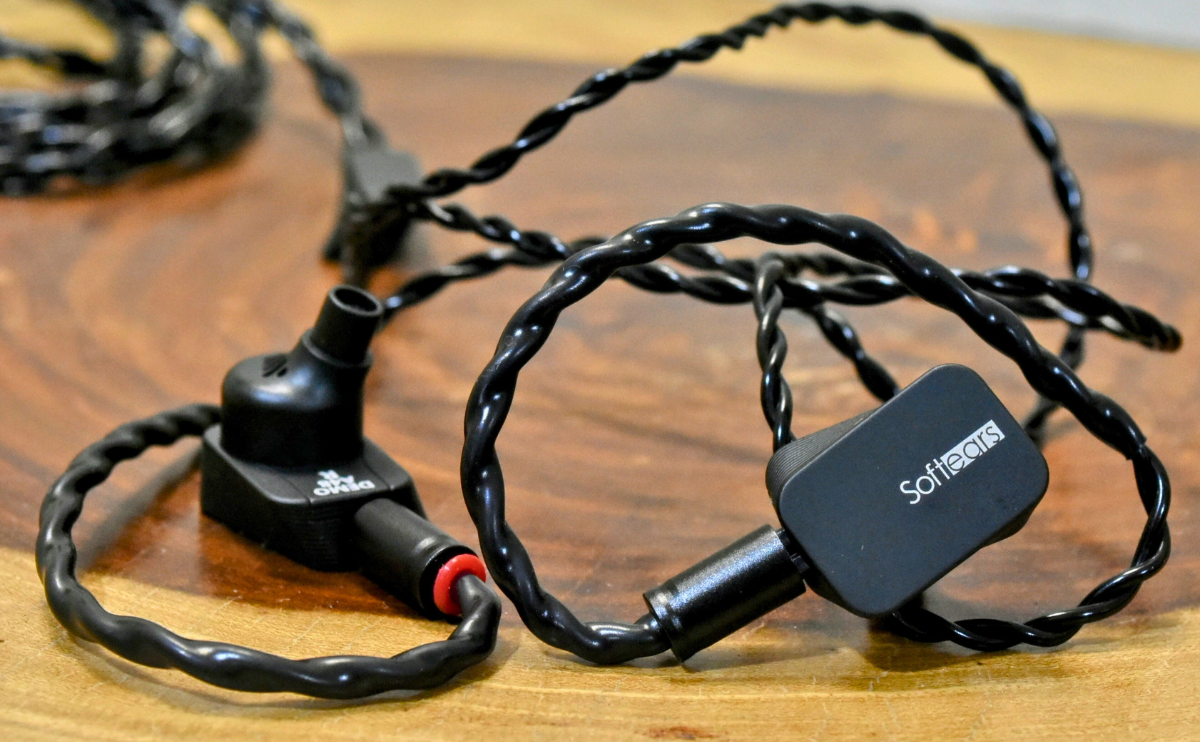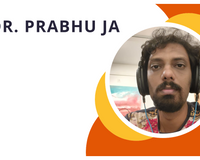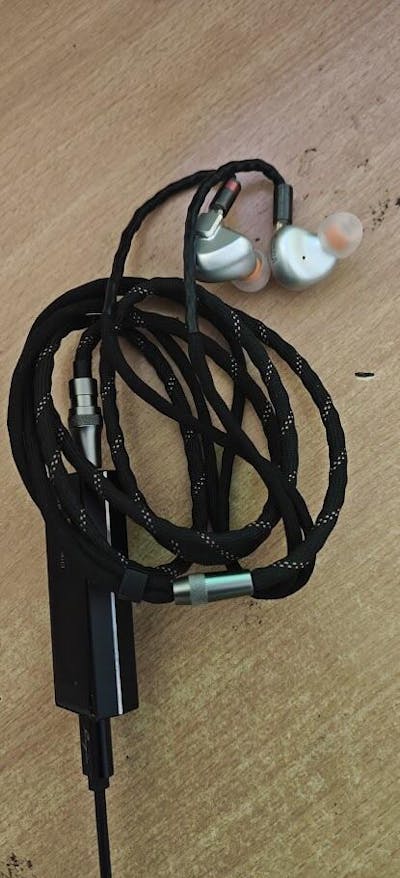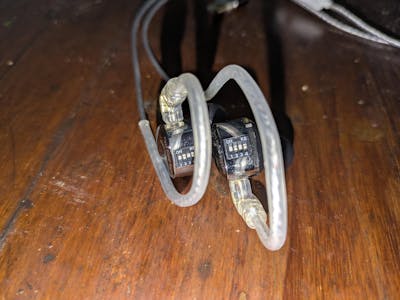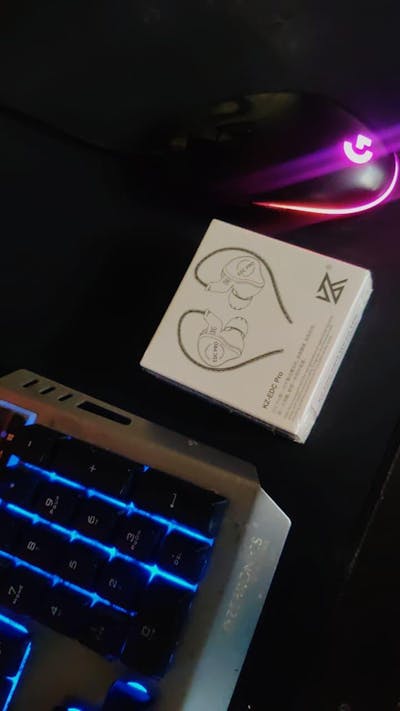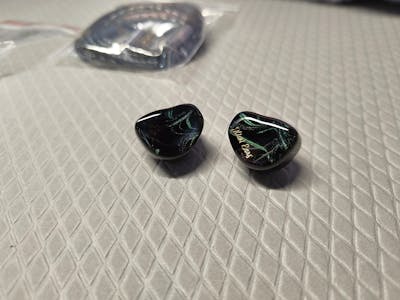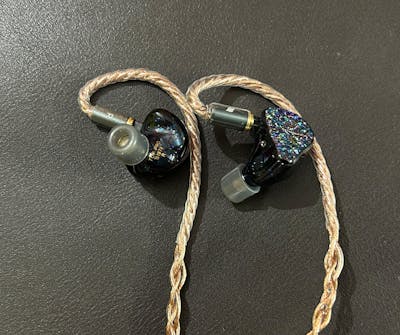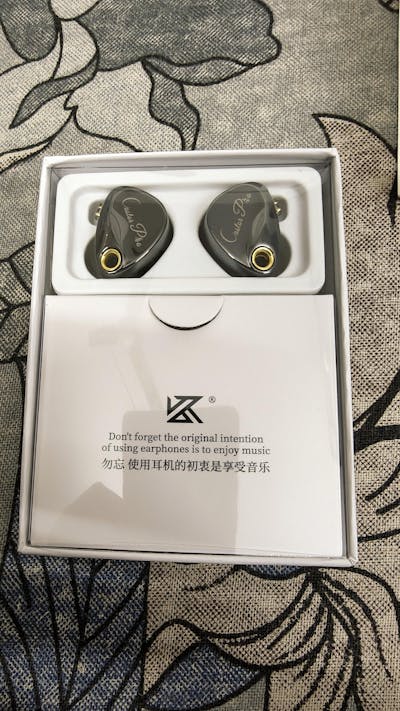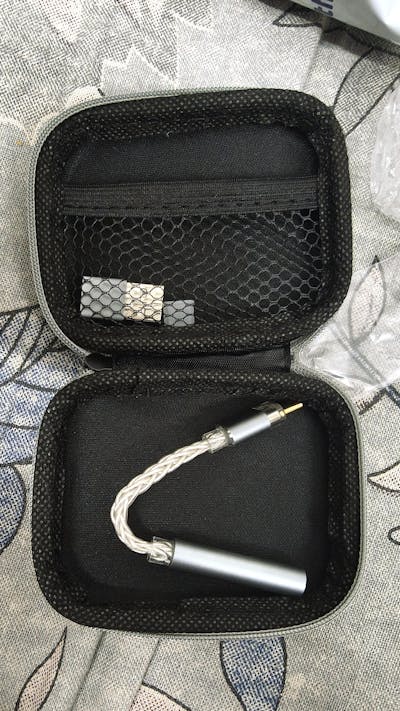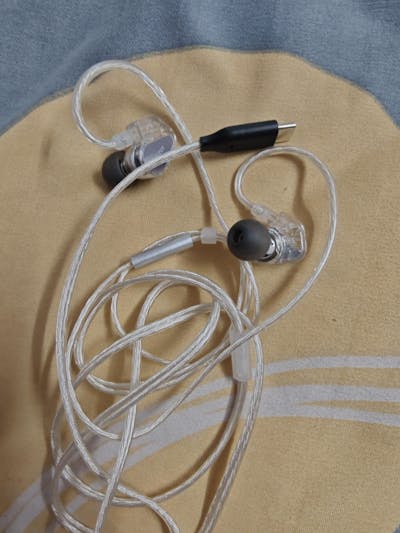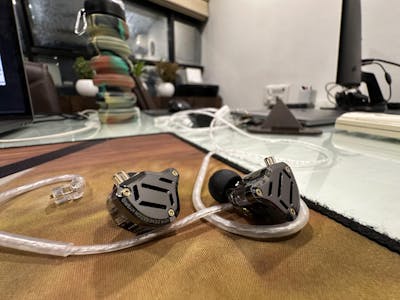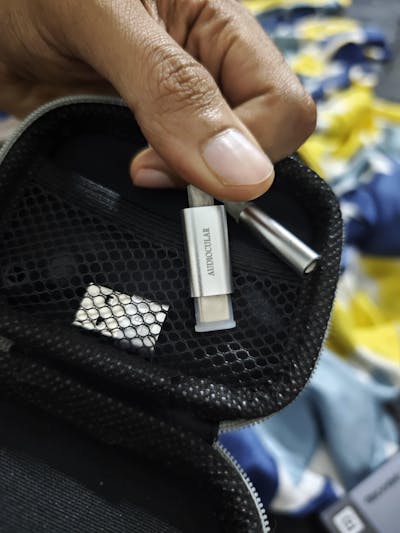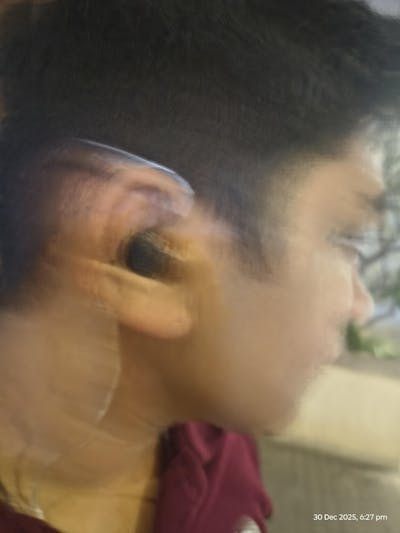Disclaimer:
The following review has been thoughtfully crafted by Mr. Sameer Tangri from Pune, a cherished supporter, customer, and friend of The Audio Store. We express our gratitude to Mr. Sameer for generously sharing his personal insights into the Softears Twilight IEM. It is important to note that this review is entirely unbiased, reflecting Mr. Sameer's genuine experiences and preferences. No benefits or exchanges have influenced the content of this review. His valuable contributions significantly enhance our blog, and we sincerely appreciate his unwavering dedication to the audio enthusiast community.

At the outset, I’d like to thank my good friends Pritam H from The Audio Store and Pulkit C, who this unit sent this unit to me asking for my unbiased views. From here on I shall refer to the Softears Twilight as STw. Given below are my impressions of the STw’s sound as well as a comparison between the STw and Final A8000. As the A8000’s B-stock sells at about the same price as the STw, Pritam suggested this comparison be made.
My preferred sound signature: I prefer a balanced to warm sound for enjoying my music. I own sets like the 64 Audio Trio, Final A8000, and Thieaudio Monarch MKII. I dislike any one frequency overpowering or dominating all others, be it bass, mids, or the treble. Occasionally, I do also listen to reference/analytical sets with a flat sound signature. I very rarely prefer all-BA setups, no matter how high-end they are. Technicalities and capabilities aside, I always look for an IEM/HP that grabs my attention the moment it starts playing (trust me, IEMs/HPs that really connect with me always grab my attention the moment they start playing). It should sound clear, fun, musical, draw me into the song, and most importantly make me feel the emotions! If a Rs. 1,500/- (USD 18) IEM does this, I buy it too.
Chain: HiBy R8 DAP > STw stock 4.4mm cable > STw > Final Type E ear tips.
Source: Spotify (set to highest quality)
My test playlist: Here's my test playlist (Song - Artist) which includes music from many different artists across genres. https://open.spotify.com/playlist/00EerR8pRSZEeU3IfPnPcU?si=902a5a802ecf4942
Some of these songs have hot and spicy treble (e.g., Into the New World). Others have extremely shouty and busy passages (e.g., Popular Monster). Bass, sub-bass is also tested well with tracks like Don't Bother None.
In my opinion, this playlist covers the different types of sounds (bass, mids, treble) thus giving a good impression of the IEMs'/HPs' nature and capabilities (layering, separation, imaging, sibilant or bassy or mids-forward, or just well-balanced, etc.). Personally, 2-3 tracks into this playlist and I get a fairly good basic idea of the IEM/HP I am listening too. Then I test it with the tracks I think are necessary, e.g. if I think an IEM is prone to sibilance, to confirm, I play 'Into the New World'. If I am not sure about the bass I play songs like 'Distance', and 'Don't Bother None'. Then I go from there.

STw sound impressions:
I’ll start by saying that this is a balanced to warm set. It is tuned extremely well and once again I am very pleasantly surprised with what the audio companies are doing with just a single Dynamic Driver in their IEMs nowadays. Now to get into some details of the STw.
Bass: Ample and balanced is the theme here. Not bass head levels (and I personally prefer it like that). The bass is very present, and it never overpowered or muddied the sound. It comes through in the right amount with extreme cleanliness. I’d say the STw does equal and good justice to the sub-bass and mid-bass. In the track Don’t Bother None by Mai Yamane, the rumble and thickness of the sound is heard and felt very nicely! I don’t think anyone can be disappointed by the STw’s bass output and quality. It’s ample, rumbly, tight, and punchy thus making the music fun!
Mids: Reference Tracks: Tu Jaane Na - Unplugged Version by Kailash Kher; I Will Always Love You by Whitney Houston; Lukka Chippi from Range De Basanti.
The vocals are simply sublime, and I’d even say that for me they’re the highlight of this set! I could hear even the most minor voice modulations in male and female vocals coming through very clearly. They’re very immersive and drew me in from the first song. I also note that the vocals do sound forward most, if not all the time. I’d give the mids, especially the vocals, a 10/10 here and given this score, I don’t think I need to more on this. If I absolutely had to pick which vocals sound better on the STw - male or female, I’d pick male vocals. This is my opinion and as always, your mileage may vary.
Treble: The STw’s treble is slightly rolled off and/or is extremely well-controlled is another way I could say it. This helps it completely avoid sibilance. The spicy sibilant treble in songs like Into the New World by Girls’ Generation was rendered effortlessly by the STw. I could easily listen to even the most sibilant songs on the STw. On the flip side, occasionally (like in the song Caroline by Patrick Droney) I was left wanting for the highs and sparkle to come through with some added authority, presence, and attack. I believe this would’ve added more fun to the lovely, catchy, and racy drumming that this song has! The natural cost of the STw’s treble control is that the airiness and a few details are sacrificed to some extent. But before taking this as a negative, please read my notes on the Soundstage below to understand this some more.
Soundstage: The STw’s soundstage is averagely wide to narrow. It is a more up-front style of sound delivery where even in track recordings of live performances (e.g., Chasing Cars – Live in Toronto by Snow Patrol; No More Tears- Live at Sand Diego Sports Arena by Ozzy Osbourne), the STw sounds a little less like a live performance or in other words, I’ve heard these songs sound more like a live performance on some other IEMs. The soundstage, air, and treble are all better on some other IEMs and hence the sounds of the crowds singing along come through better on them.
NOTE: It is extremely important to note here that I say this because I have heard recordings of live performances on IEMs like the 64 Audio Trio and Final A8000, and both these are priced much higher at two or more than two times the STw’s cost. Hence, even though I am in a way faulting the STw here, in case someone hasn’t heard these other sets, and it is his/her first premium DD set, he/she wouldn’t know this difference.
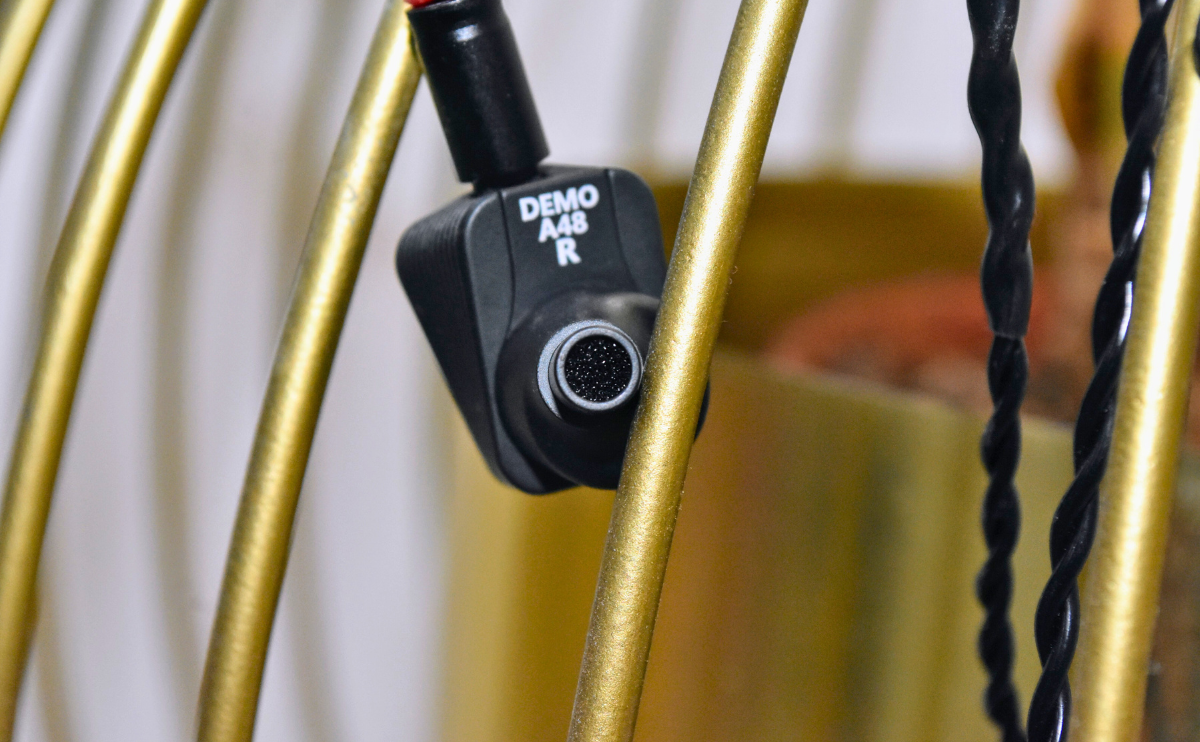
Comparison between the STw and the Final A8000:
This comparison may seem unfair to some because the A8000 does sell for double the STw’s price. But given that the A8000’s B-stock sells for about as much as or slightly more than the STw’s price, I shall make this comparison. I used the A-8000 with its stock 3.5mm cable and Type-E ear tips with my HiBy R8 DAP.
This has not been an easy comparison for me, mind you. I A/B listened to multiple songs for more than an hour to finally get my thoughts together. This speaks volumes about the STw’s sound quality. Instead of comparing the bass, mids, etc. individually between the STw and A8000, I shall try and summarize how they differ in terms of their general sound signatures. So, let’s get into it.
For me, the A8000 makes the songs sound more natural, and it has a better tonality overall that stays truer to the nature of the song being played. By that I mean live recordings sound like live recordings, bass heavy songs sound heavy and thumpy, treble-intensive songs sound hot and energetic, stage performance recordings come across as just that, and so on. This doesn’t mean that the STw’s tonality is not natural. Comparing it to the A8000, I find the A8000 to be the better and more versatile set across music genres. The A8000’s sound comes together as a complete and better-balanced (to bright) sound package. It has much more air, a wide soundstage, and much better separation and layering too (e.g., in busy tracks like Popular Monster by Falling in Reverse). The STw plays especially safe on its treble tuning, and the A8000 frees itself in this area offering up much more details and brightness. This also means that the A8000 does get sibilant at times. This happens rarely though and given a choice, I’d still pick the A8000 over the STw due to how good and natural it sounds across all songs. Extremely minor EQ changes also easily control the A8000’s rare sibilance.
In comparison to the A8000, the STw has more bass with forward vocals (especially male vocals), rolled off treble, and thus a warmer sound overall. It has a narrower soundstage too.
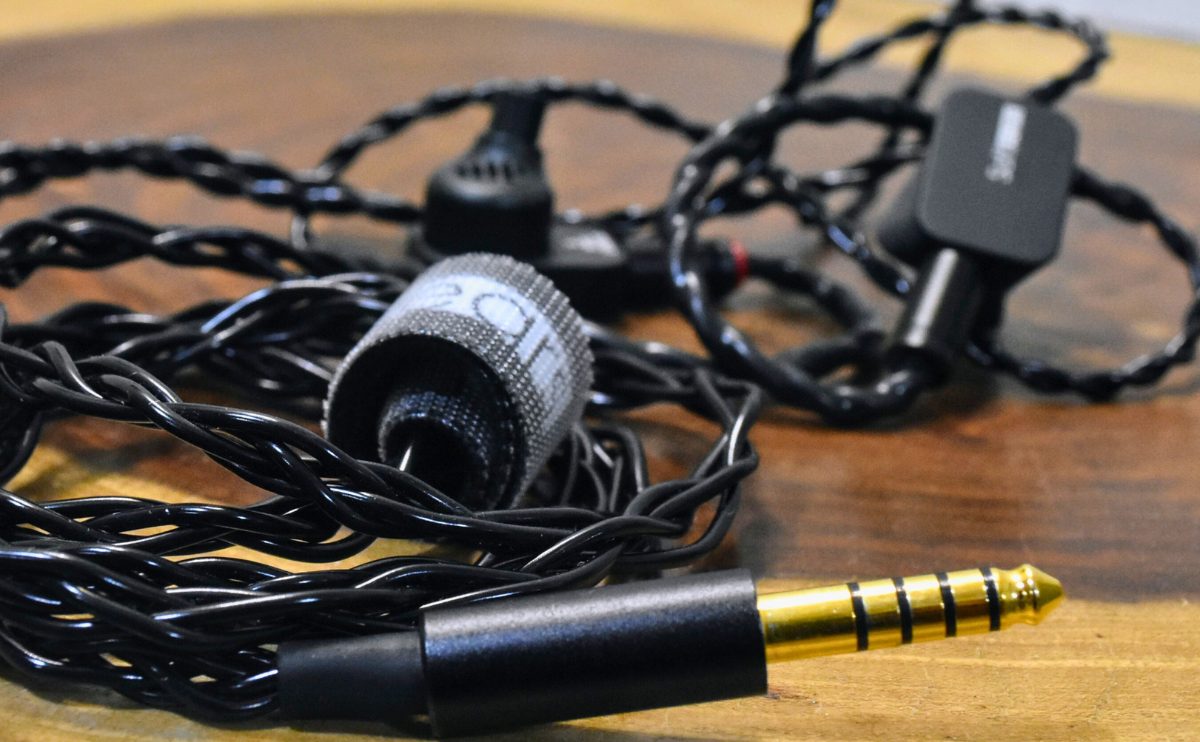
Conclusion:
The STw is an excellent IEM, period! Yes, I compared it and, in a way, faulted it. But this can be done with every IEM in the world. However, for anyone aspiring to own a good single-DD IEM in the USD 800-900 range, the Softears Twilight must be considered (and I personally think every audiophile should have that one single-DD set that touches the heart 😊).
The STw offers a very easy, likeable, and musical sound which can be enjoyed for hours!

